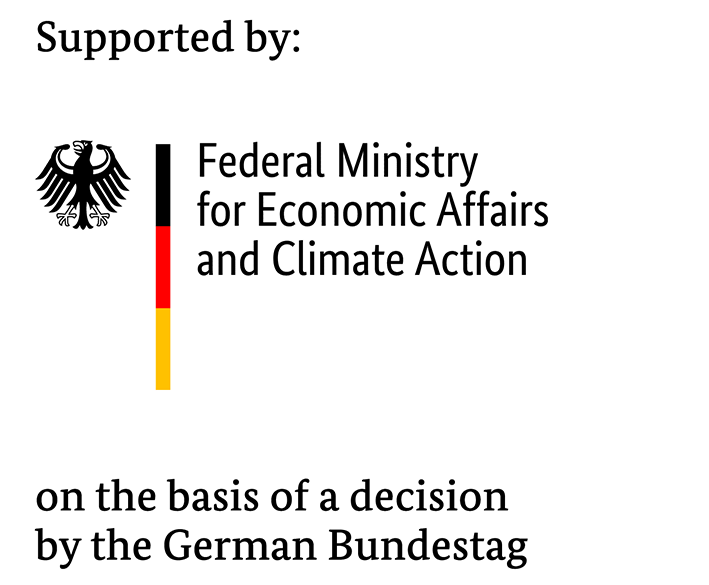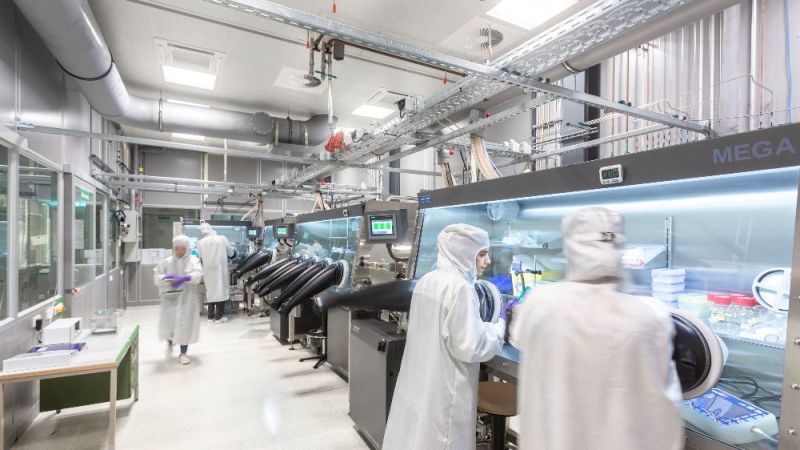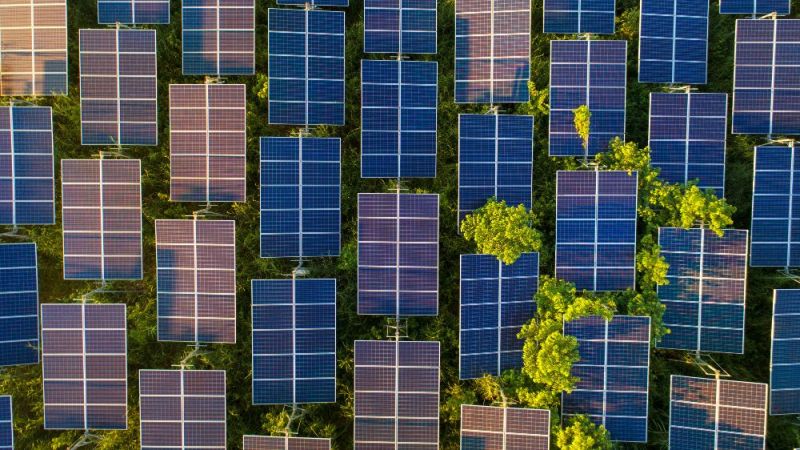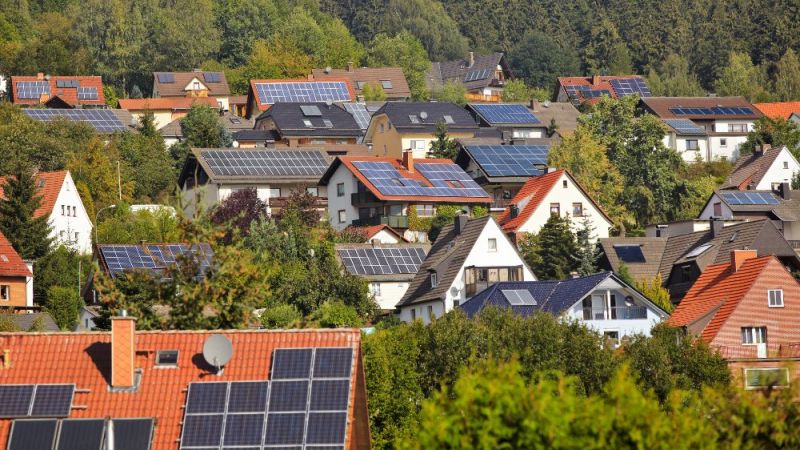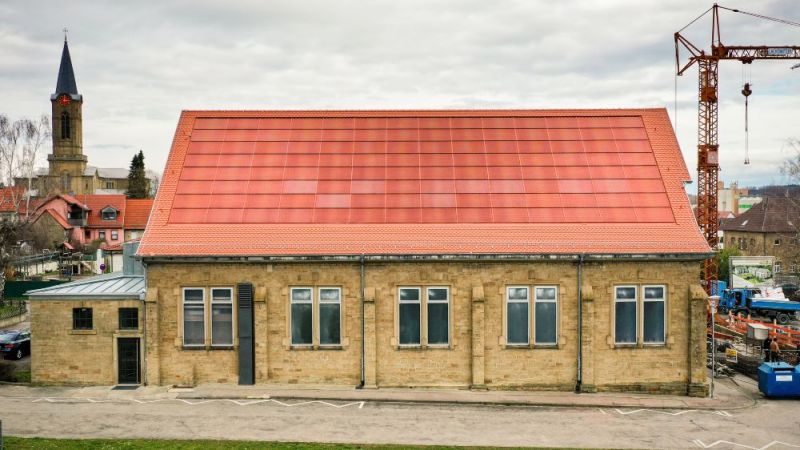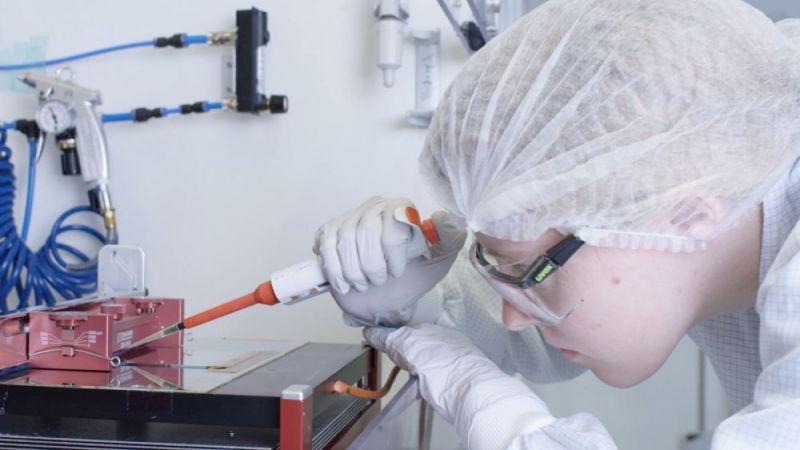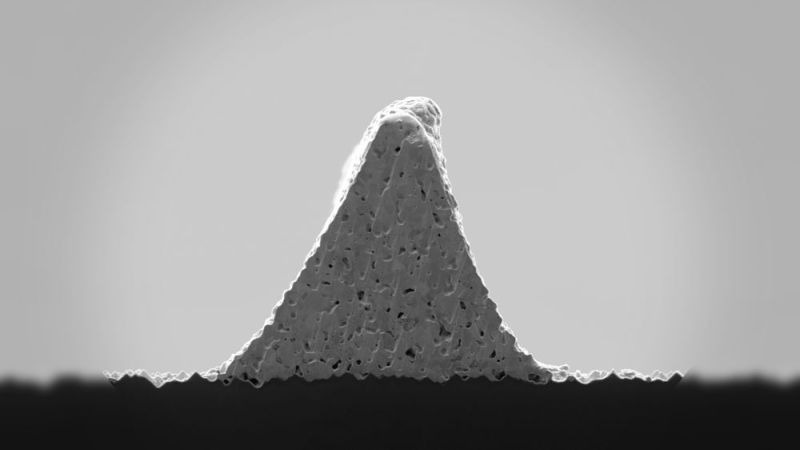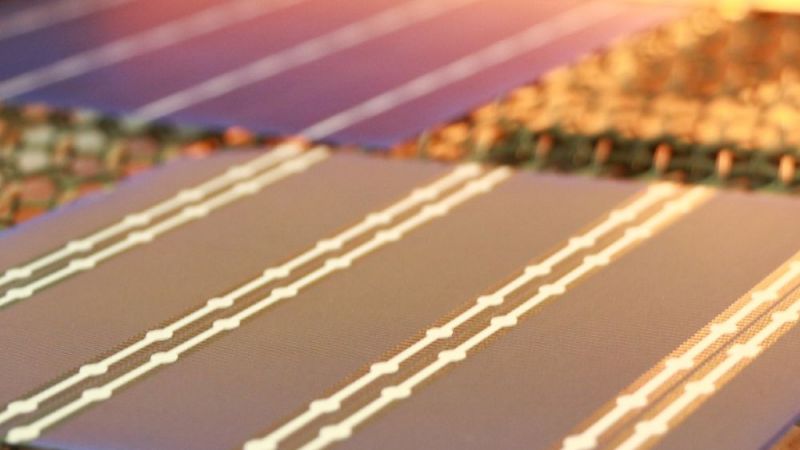Photovoltaics
Photovoltaic World Conference showcases current developments and progress in the industry
The World Conference on Photovoltaic Energy Conversion (WCPEC) took place in Milan in late September. Representatives from science and industry came together at the conference to exchange information about the latest research advances in photovoltaics.
As the conference title makes clear, the World Conference on Photovoltaic Energy Conversion is an international event at which current advances in photovoltaics are showcased and discussed. It is the world's largest conference on the multifaceted research topics and developments in the field of photovoltaics. A special focus this year was on the sub-areas of materials and concepts, production technologies and the field of integrated photovoltaics - from agri-photovoltaics to building- and vehicle-integrated to floating photovoltaics. The papers presented at the conference show that the research area of integrated photovoltaics has gained further importance for a rapid expansion of photovoltaics.
It furthermore became clear at the conference that the participants are not focused solely on their specific research areas. In order to further increase the globally installed output through photovoltaic systems and to establish a terawatt market, not just technical, economic and legal issues play an important role. In parallel, better communication with the public is necessary to educate people about the energy transition and the expansion of renewable energy sources and to engage in a constructive exchange with them. This is why participants at the WCPEC also discussed successful communication strategies and see the need to increasingly include other fields of science, such as those that address social aspects for photovoltaics. With regard to the production of photovoltaic modules, however, topics such as saving materials (for example silver) will remain in the spotlight in the future, with the plating production method potentially gaining in importance. In addition, the researchers showed that machine learning methods are now an important analytical method in the manufacturing process (including for material characterisation and limiting effects in mass production).
Progress from Germany for photovoltaics
Scientists from Germany made significant contributions to the WCPEC and presented new results from their research projects, including a team of scientists from the Fraunhofer Institute for Solar Energy Systems (ISE). In the NextTec project, the researchers collaborated with plant manufacturers, measurement technology manufacturers and research institutes to develop a proof of concept for a solar cell production line with a significantly increased throughput. Throughput is a decisive parameter in the production of solar cells and indicates how many wafers can be manufactured on a production line within a certain period of time. With their proof of concept, the scientists demonstrate that they can achieve a throughput of 15,000 to 20,000 wafers per hour for a production line of highly efficient silicon solar cells. This represents a doubling of the current throughput and makes it possible to reduce the costs in the production of silicon solar cells.
The Institute for Solar Energy Research in Hamelin (ISFH), together with partners from industry and research, has produced a POLO-IBC solar cell from glass using a shadow mask process. The research team is aiming for an efficiency of up to 25 per cent for this solar cell technology and has already been able to achieve a solar cell efficiency of 22.3 per cent on a tool suitable for industrial use. Another advantage of the POLO-IBC solar cell is the comparatively streamlined production process, with manufacturing costs comparable to PERC+ solar cells. The results presented at the conference were achieved by the collaborative partners in the POPEI, GENESIS and UltraPERC research projects.
With regard to the topic of material savings, the mechanical engineering company Rena presented concrete results. In the TALER and TOPConCluster projects, the collaborative partners developed an optimised plating method that is targeted at significantly reducing silver consumption in solar cell production. The project partners were able to achieve a solar cell efficiency of over 24 per cent for TOPCon solar cells, which are produced using an inline plating method. Overall, it shows that it is possible to save costs of more than 40 per cent compared to the silver screen printing method using plating.
In the DYNASTO project, the Von Ardenne company, which manufactures a range of products, including equipment for the industrial vacuum coating of wafers, demonstrated with its partners how sputter technology can be used to reduce investment expenditure and operating costs in the mass production of silicon heterojunction solar cells. Solar cell efficiencies of 23.5 per cent were achieved with sputtered ITO/AZO/ITO triple layers, which corresponds to the level of single ITO layers. Indium tin oxide (ITO) and aluminium-doped zinc oxide (AZO) are common materials for conducting layers used as front contact layers on solar cells. Using the triple layer presented, the cost of the target used for sputtering can be reduced by 45 per cent, with a simultaneous reduction in ITO consumption of 64 per cent.
Successful balance for the World Conference on Photovoltaic Energy Conversion
In addition to new research findings presented by scientists, the conference provided a platform for them as an international industry meeting place to exchange ideas and network again face to face - both on a scientific and industrial level. Due to the Covid-19 pandemic, this was not possible for the past three years. In total, more than 1,500 participants from all parts of the world were represented at the WCPEC. Of the more than 1,000 abstracts submitted from 60 countries, almost a quarter were German research papers.
The WCPEC brings together the three largest international photovoltaic conferences. These include the European PV Solar Energy Conference (EU PVSEC), the Photovoltaic Specialists Conference (IEEE PVSC) and the International PV Science and Engineering Conference (PVSEC). The World Conference on Photovoltaic Energy Conversion, which takes place every four years, was held for the eighth time this year and was organised within the framework of the EU PVSEC. (av)

